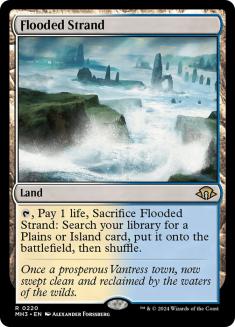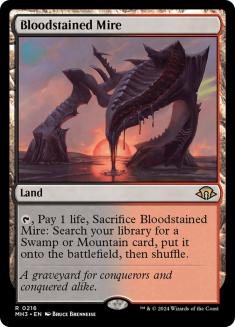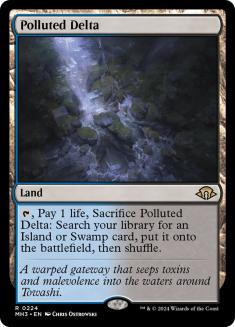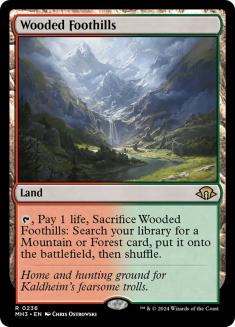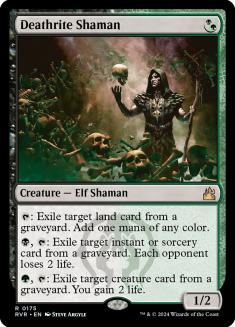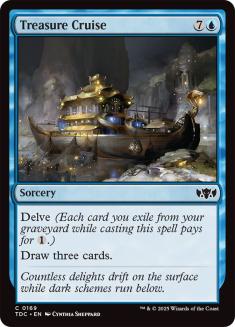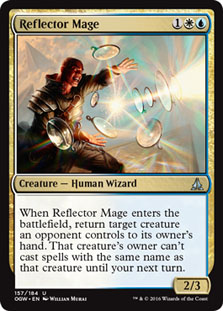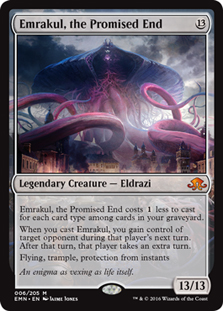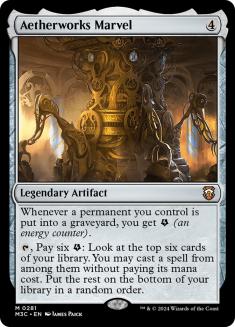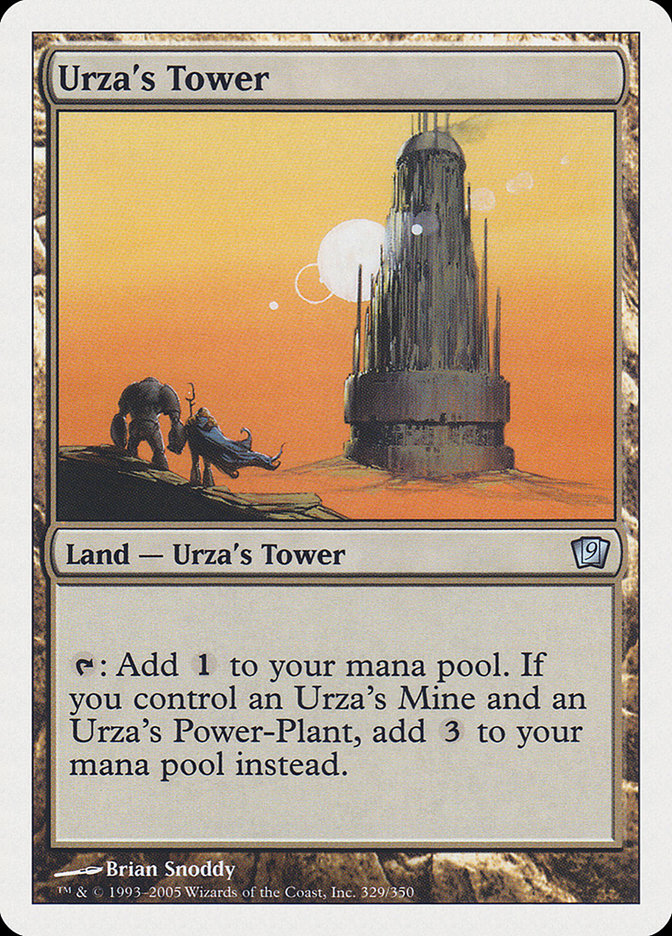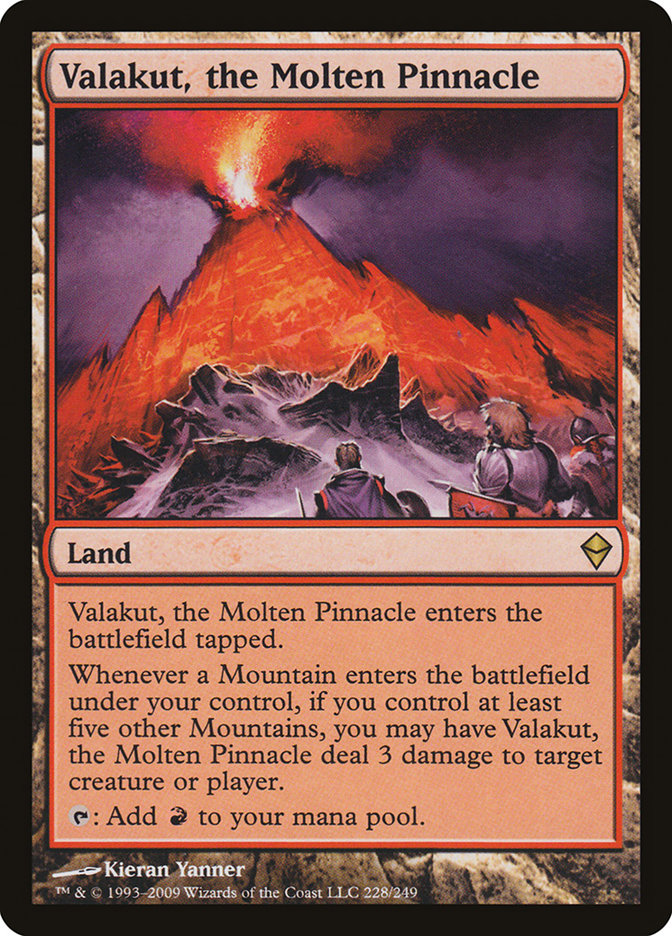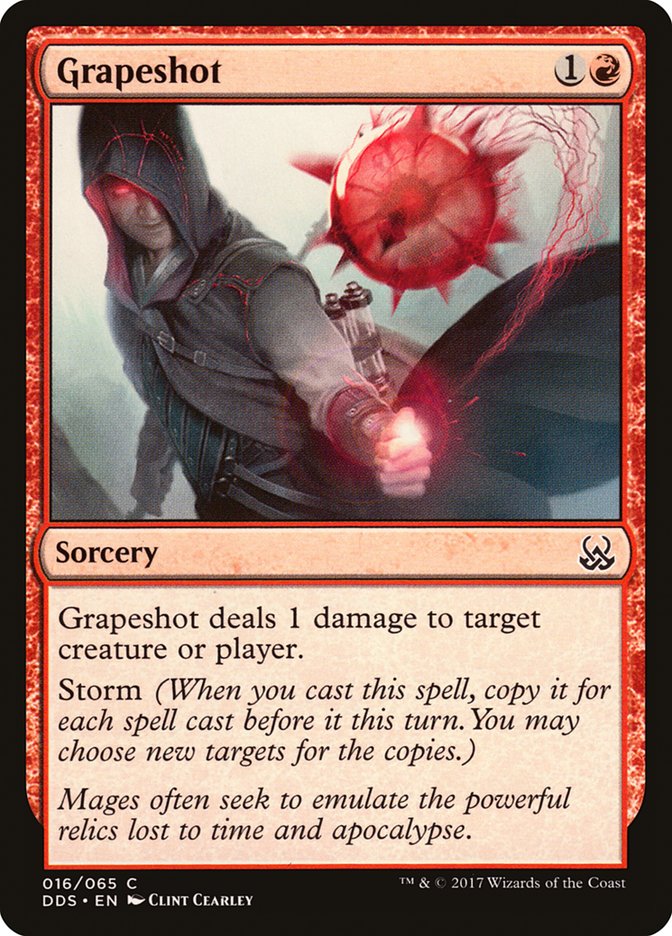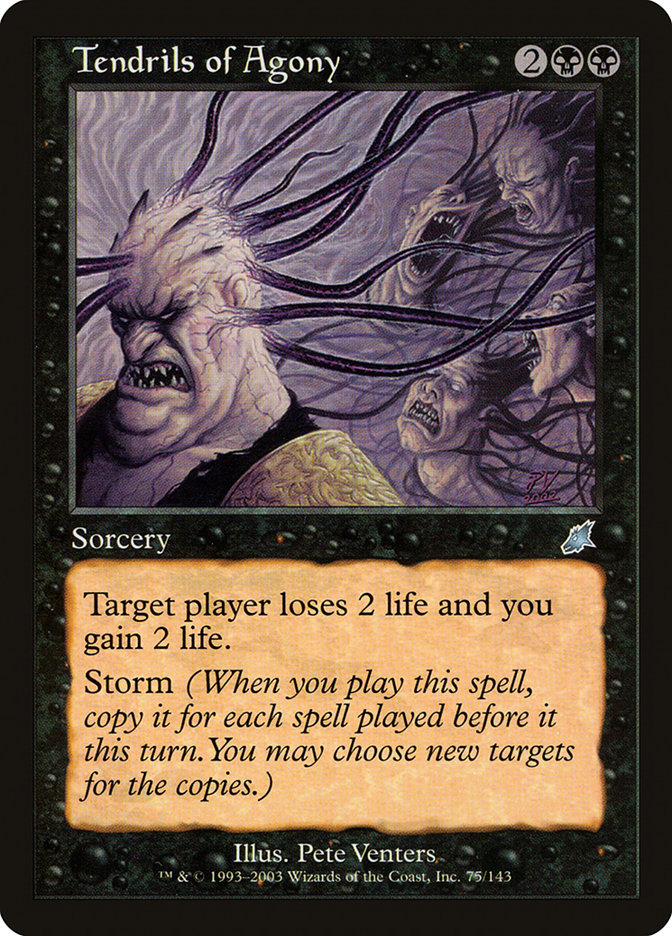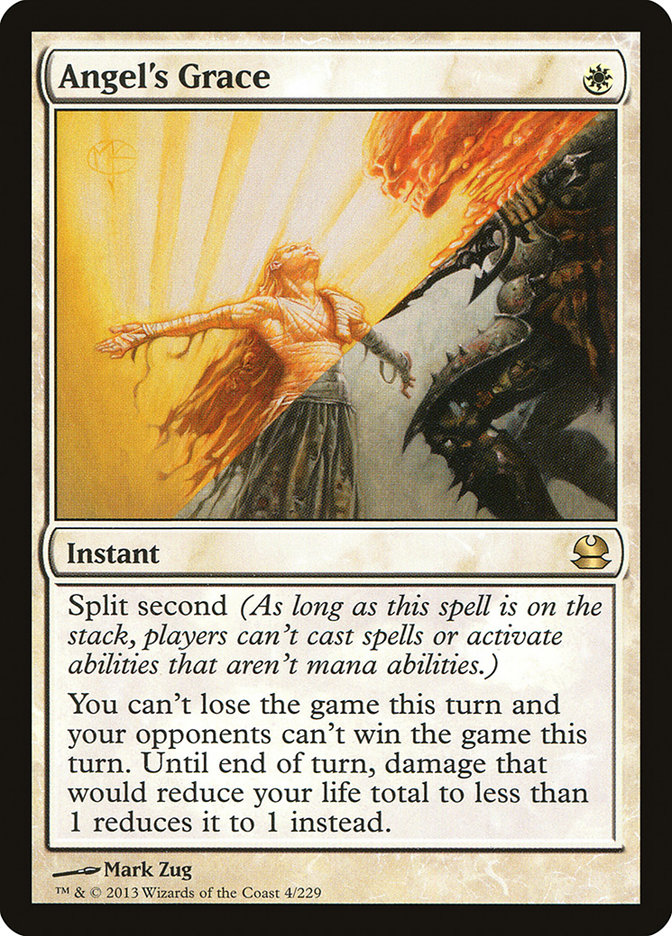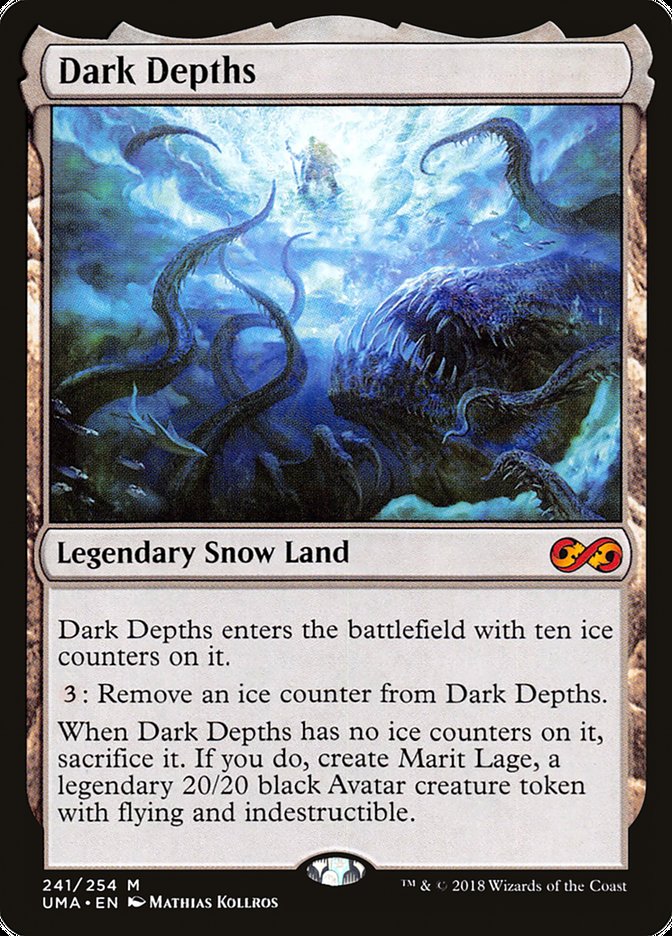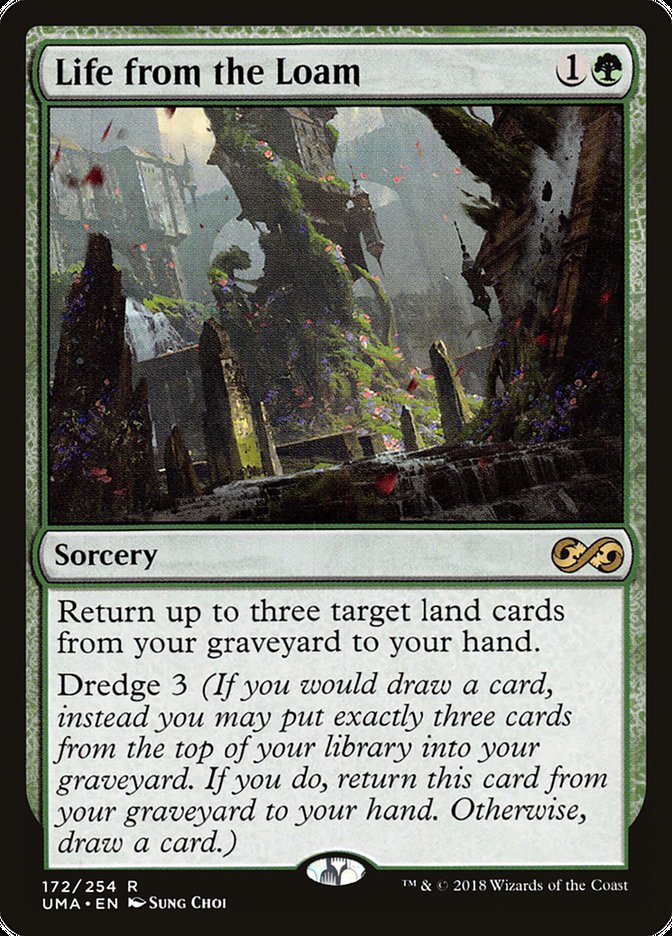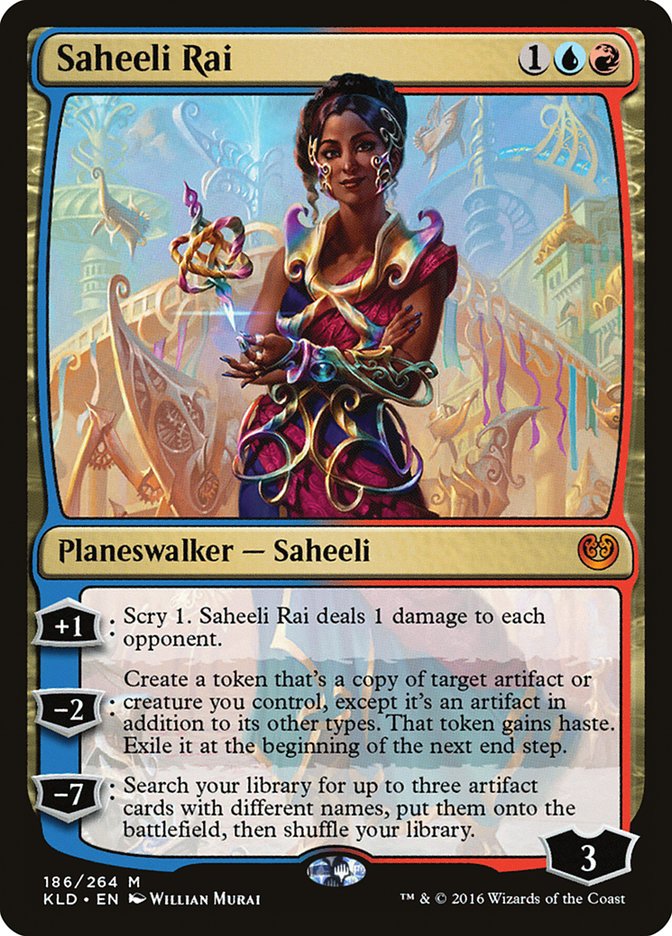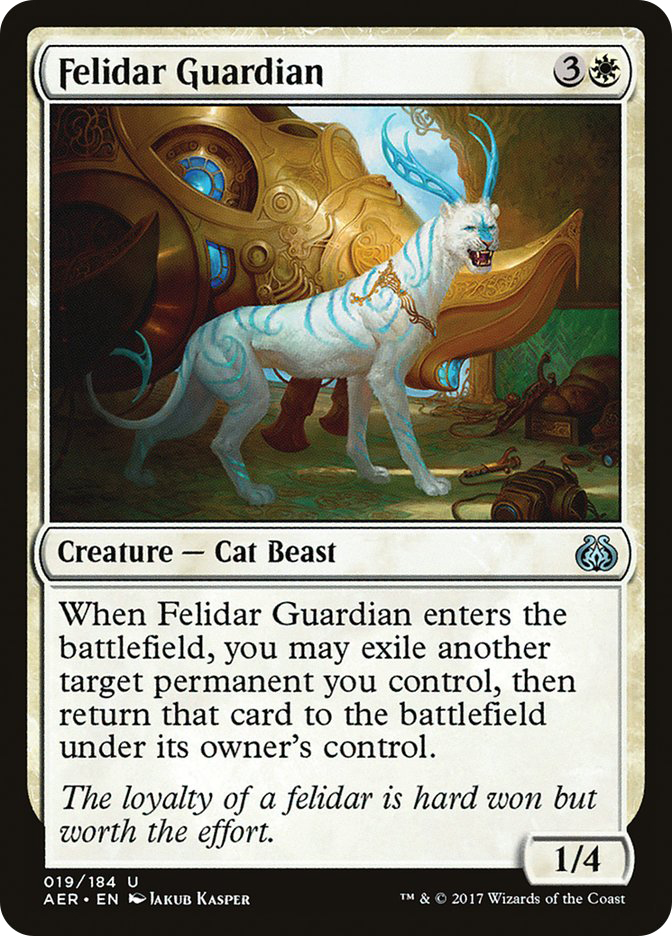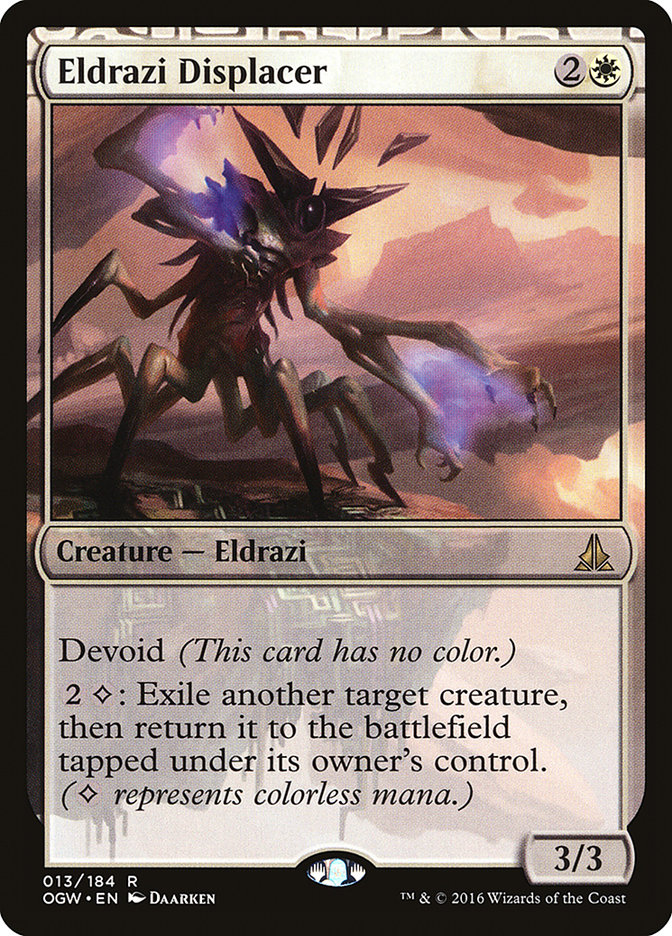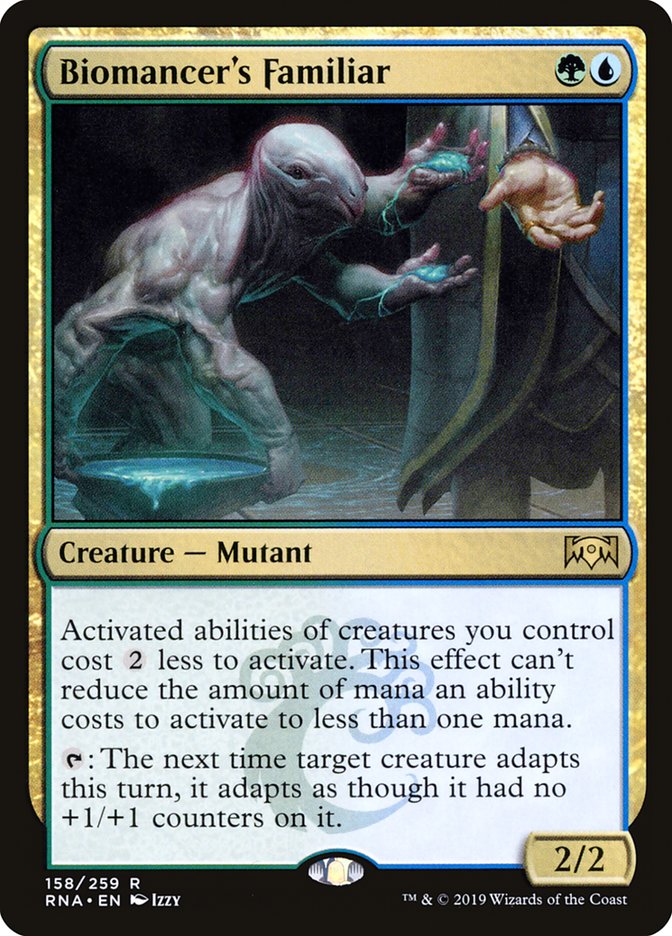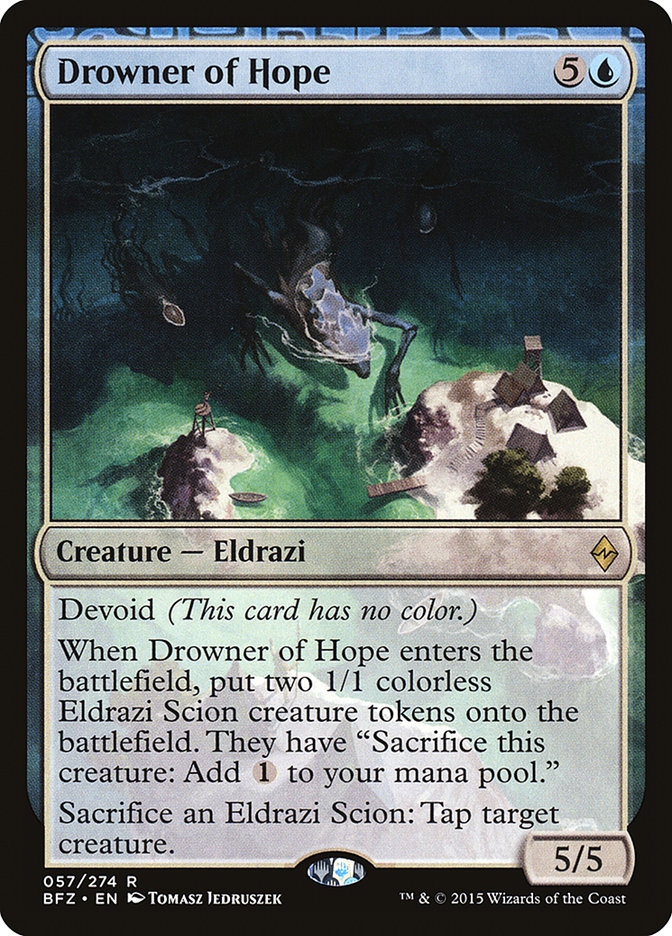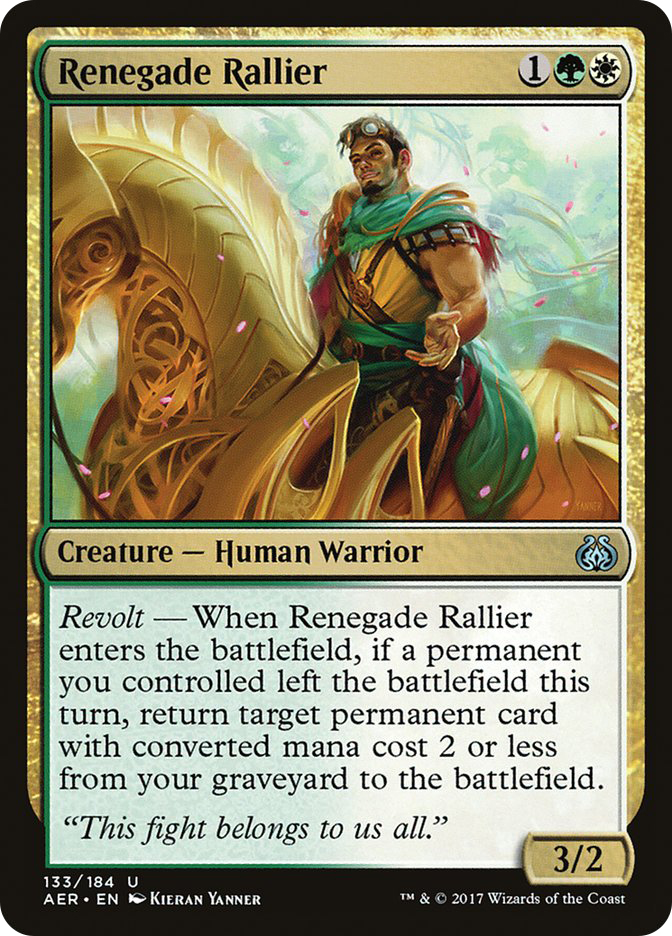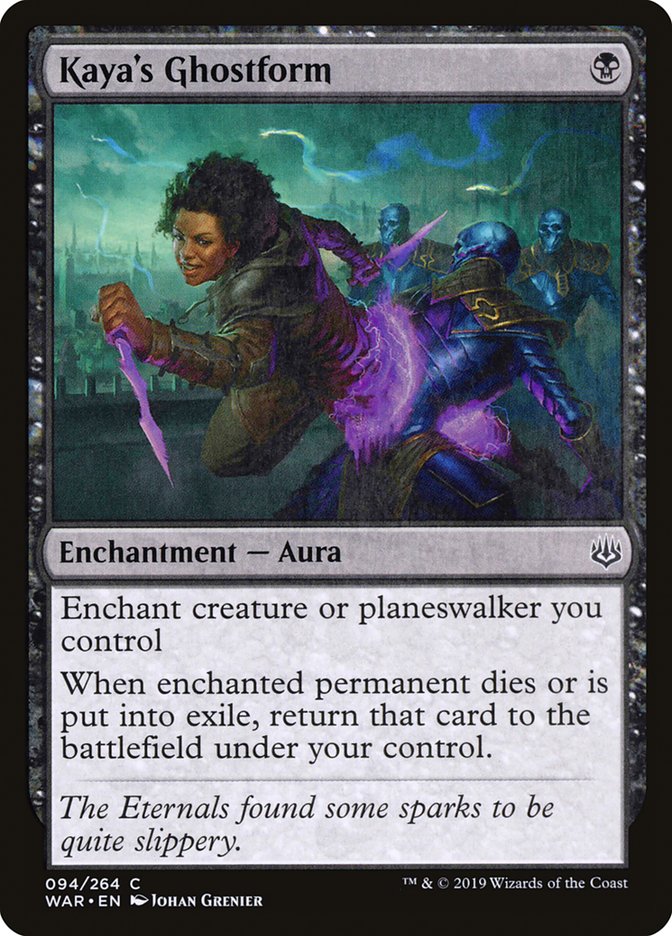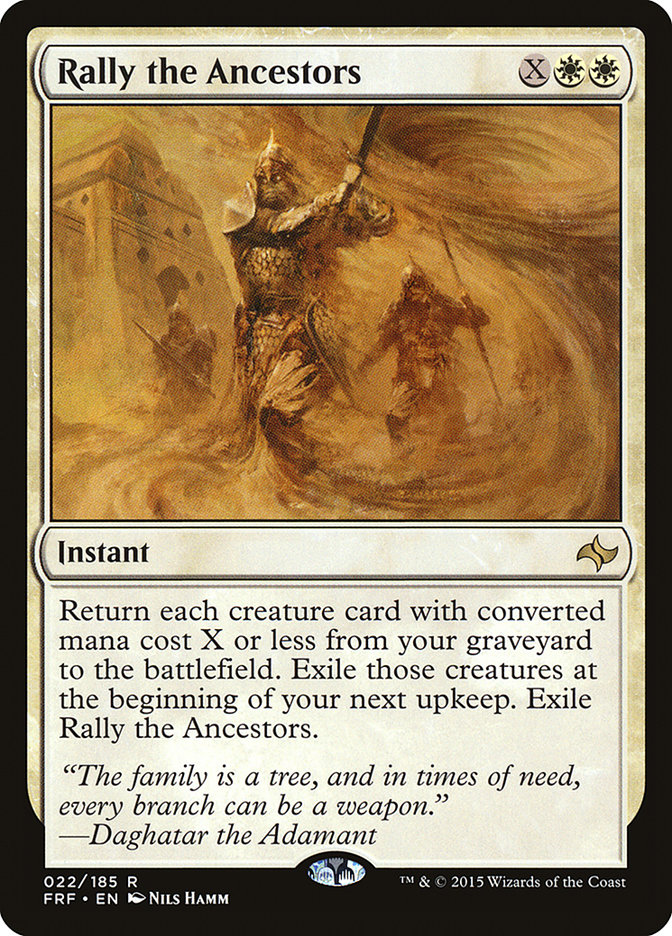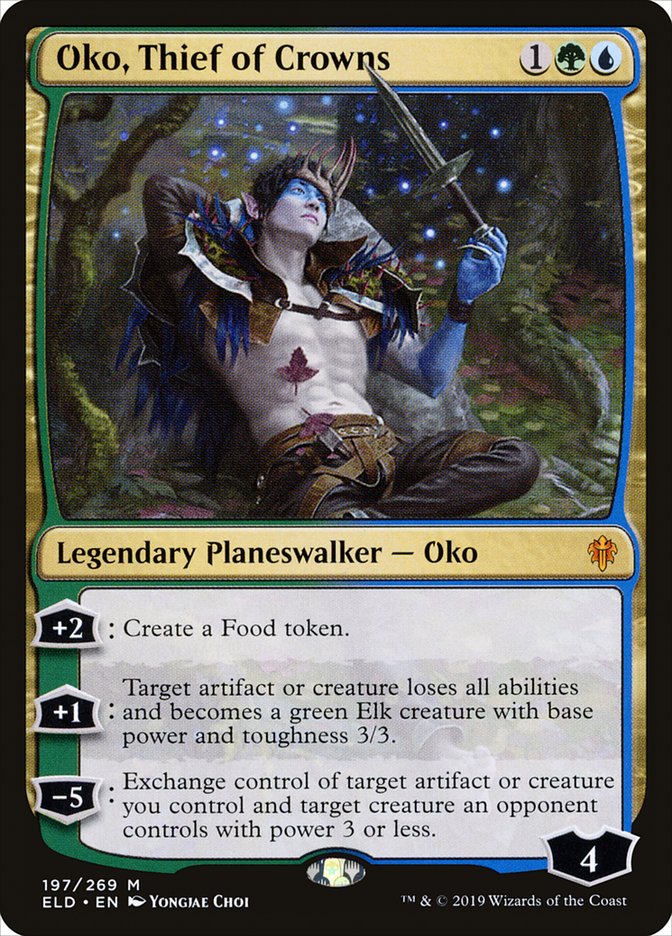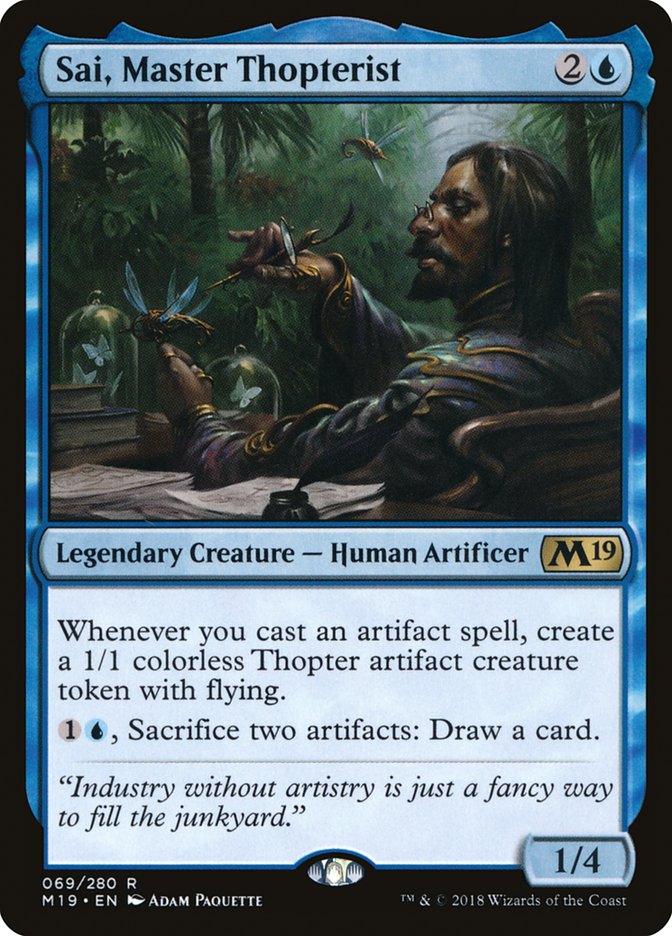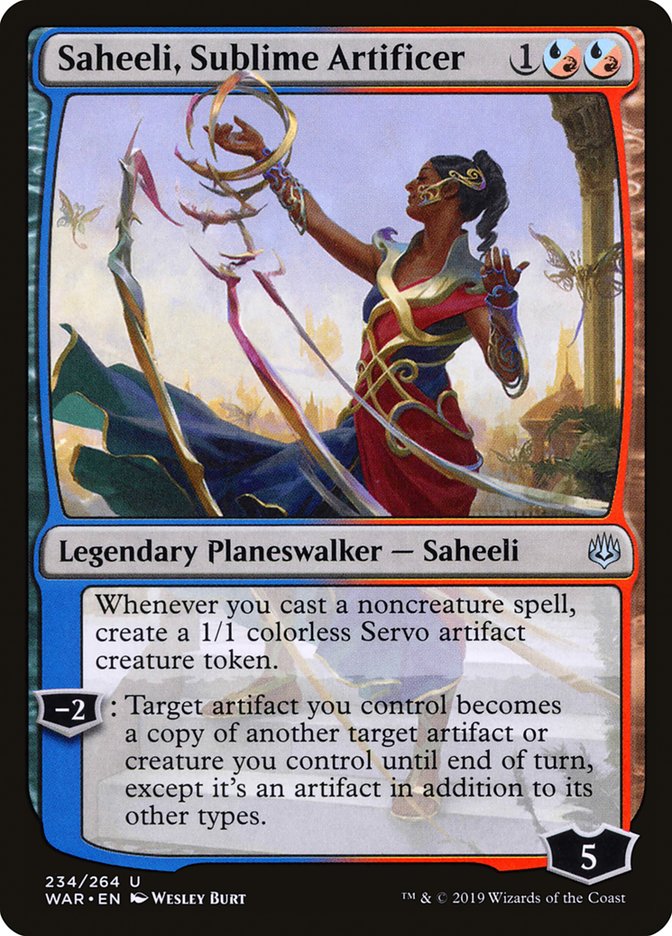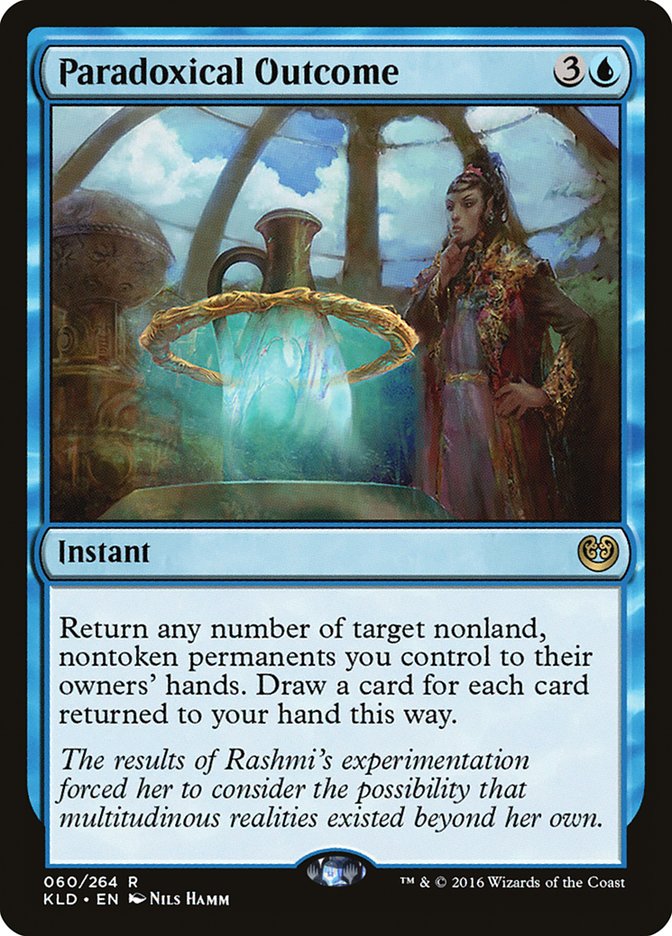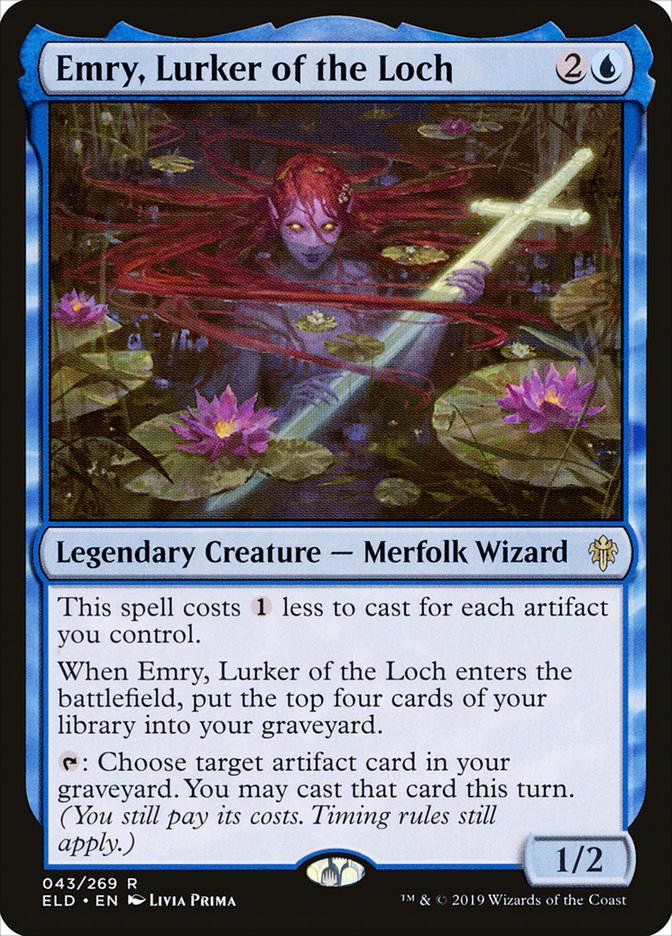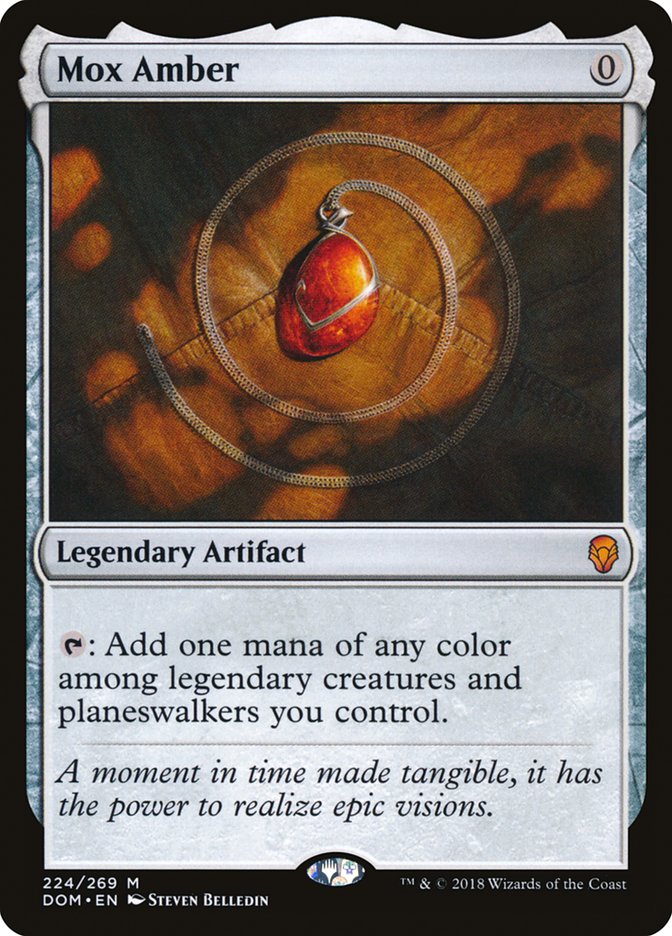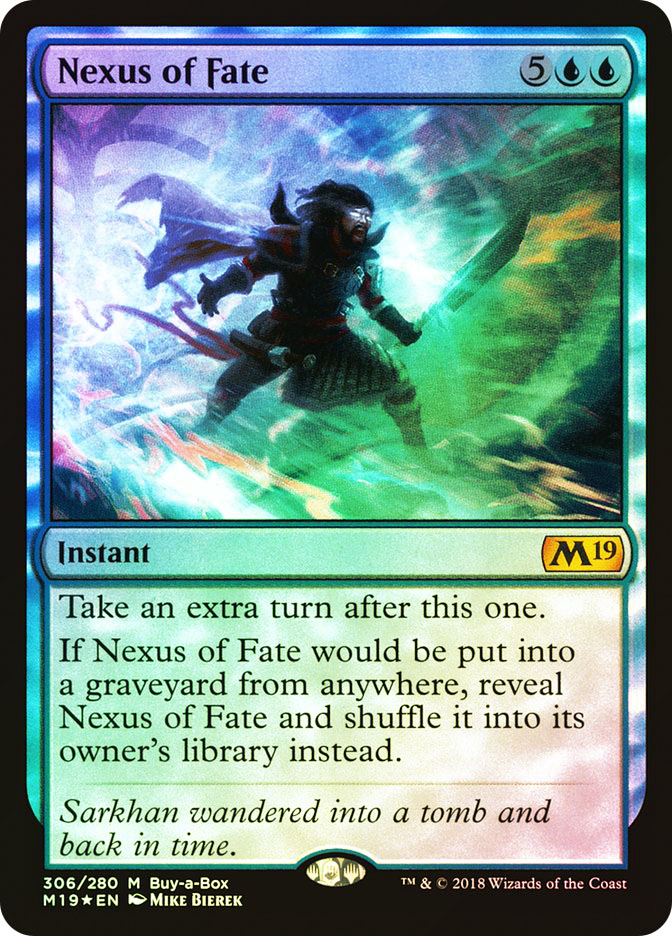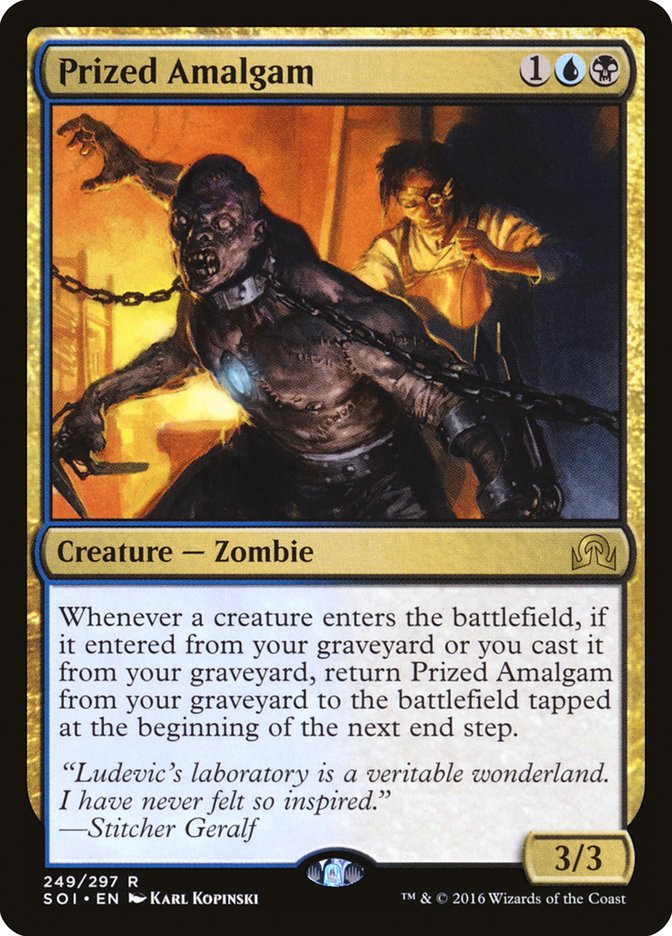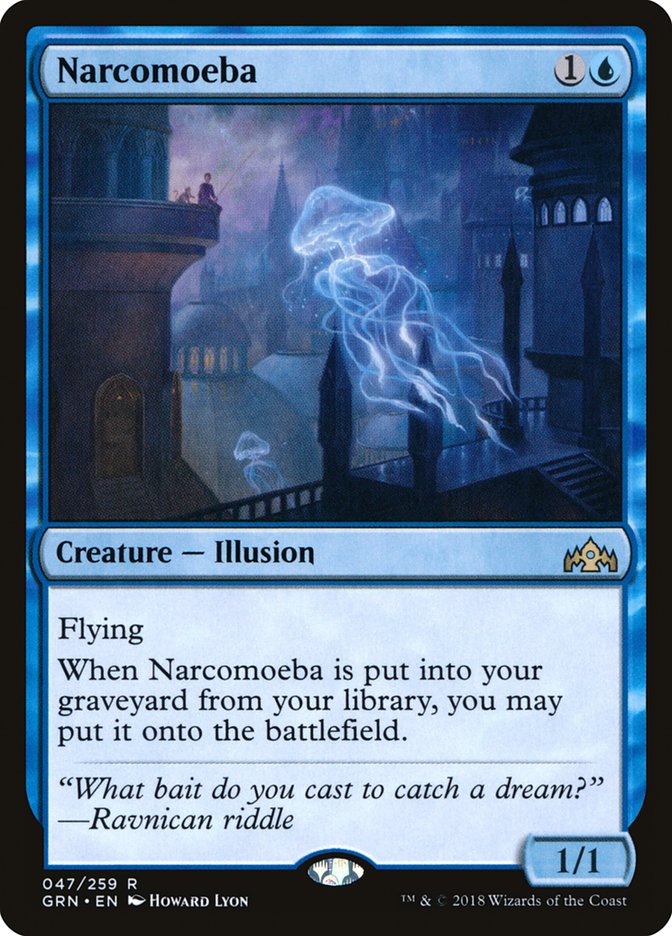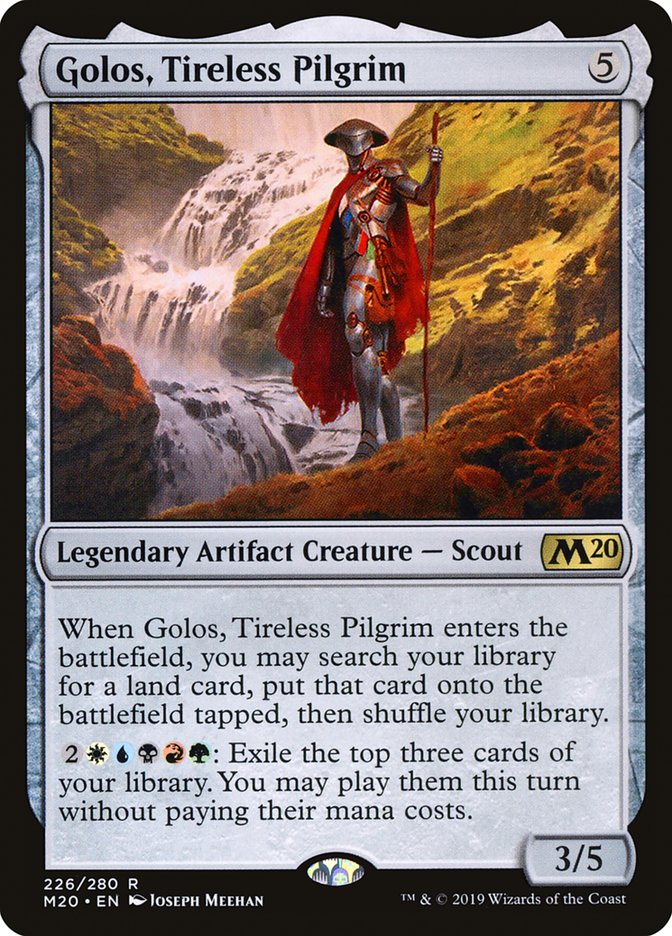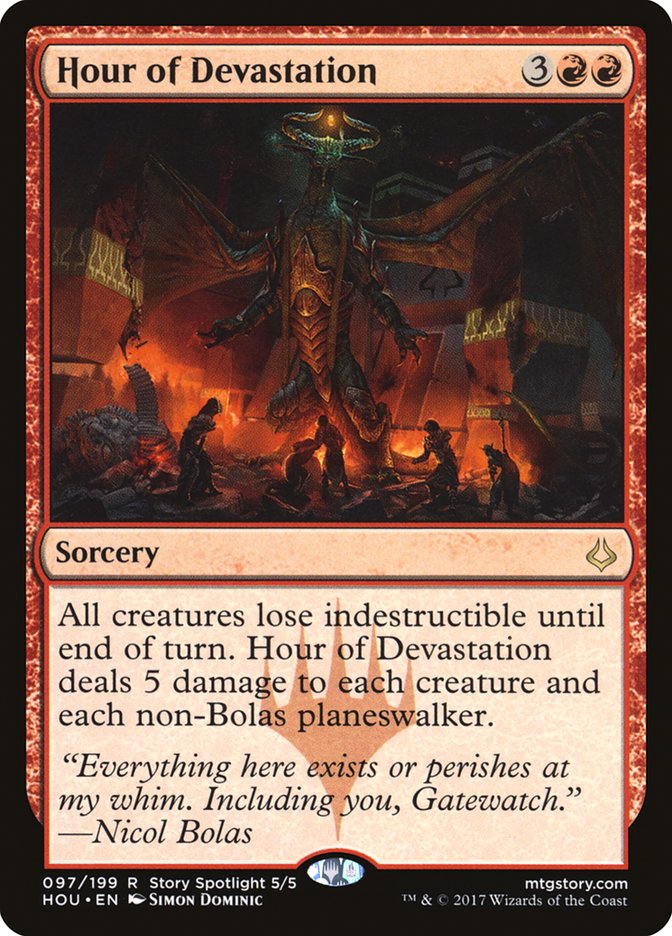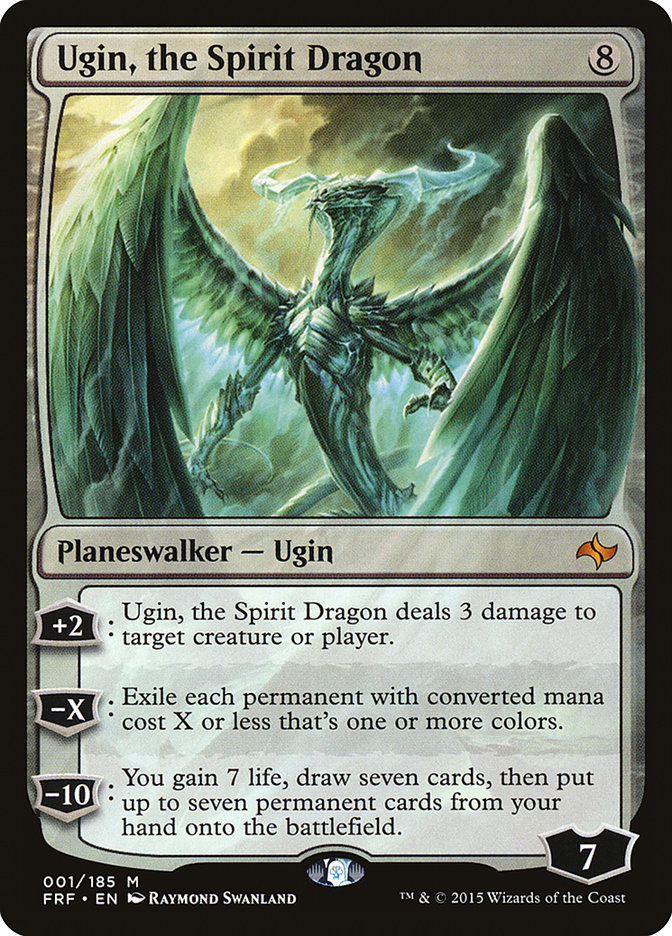There’s a new eternal format. There’s seriously a new eternal format.
This doesn’t just happen.
For anybody that who it, last Monday featured an announcement from Wizards of the Coast, detailing a new format: Pioneer.
Pioneer is going to include all of the sets from Return to Ravnica forward, with an incredibly small Banned List to start things off:
No fetchlands.
Past that? Everything’s legal. Seriously.
Everything.
Rather than trying to preemptively manage what people can do in Pioneer, WotC has decided to see what’s actually unmanageable and go from there. On top of that, there have been a host of competitive Pioneer events announced in the very near future, including online PTQs starting next Friday and four Grand Prix at the beginning of next year. This creates a ton of incentive to actually try to find the best thing to do in the format.
On that note, Aaron Forsythe said that Wizards plans to aggressively tend to the format’s needs in terms of banning cards.
The only cards banned in Pioneer at its inception are the fetchlands, but I wouldn’t be surprised if that wasn’t true for long. We’ll be managing the format aggressively and off-cycle based on MTGO results in advance of the first tabletop premier events next year. Pass it on.
— Aaron Forsythe (@mtgaaron) October 21, 2019
The reason for this is because of just how powerful cards have been in the last few years, and the expectation for a handful of strategies in the format to be broken. In that vein, our own Sam Black best put the initial rules of engagement for Pioneer:
If you don’t think something in your Pioneer deck needs to be banned, you’re not trying hard enough. The victory condition at this point in the format is getting a card banned. If you don’t think your deck will do that’s build a new deck.
— Sam Black (@SamuelHBlack) October 22, 2019
In a format that can be broken, the best thing to do is try to break it.
Remember the first Modern Pro Tour?
Creatures (11)
Lands (23)
Spells (26)
- 1 Disrupting Shoal
- 1 Lightning Bolt
- 1 Sleight of Hand
- 4 Remand
- 2 Pact of Negation
- 4 Ponder
- 3 Firespout
- 2 Dispel
- 4 Splinter Twin
- 4 Preordain
Sideboard

Twelve banned cards.
Creatures (18)
Planeswalkers (2)
Lands (22)
Spells (18)
Sideboard

Four banned cards, with four more that would go on to be banned for a while.
Creatures (5)
Lands (19)
Spells (36)
- 3 Disrupting Shoal
- 4 Blazing Shoal
- 4 Peer Through Depths
- 4 Dragonstorm
- 4 Muddle the Mixture
- 1 Snapback
- 1 Pact of Negation
- 1 Summoner's Pact
- 4 Ponder
- 4 Spell Pierce
- 4 Preordain
- 2 Gitaxian Probe
Sideboard

Fourteen banned cards.
Lands (18)
Spells (42)
- 4 Lightning Bolt
- 4 Peer Through Depths
- 2 Ideas Unbound
- 2 Muddle the Mixture
- 4 Remand
- 4 Rite of Flame
- 1 Grapeshot
- 4 Ponder
- 4 Manamorphose
- 1 Banefire
- 4 Pyromancer Ascension
- 4 Preordain
- 4 Gitaxian Probe
Sideboard

Sixteen banned cards.
Creatures (20)
- 1 Sakura-Tribe Elder
- 4 Wall of Roots
- 1 Oracle of Mul Daya
- 1 Terastodon
- 4 Emrakul, the Aeons Torn
- 4 Overgrown Battlement
- 1 Ulamog, the Infinite Gyre
- 4 Primeval Titan
Lands (25)
Spells (15)

Twelve banned cards.
Get the picture?
Pioneer isn’t really that different. There have been a ton of abusable cards printed in the last few years, and the format is going to belong to those who find out how to best abuse them.
Flavors of Broken
In eternal formats, there are different axes that decks abuse in order to achieve their unfair thing.
In Modern, we use “big mana” as an umbrella term for the decks that want to spend a good chunk of their game developing as many lands or as much mana as possible before launching enormous spells at the opponent until they die.
Decks that have to cast several spells in the same turn are labeled spell-based combo, because of how the actual combo their deck uses to win the game operates.
In Legacy, decks that abuse Life from the Loam and Dark Depths are categorized as Lands decks because, well, you get it.
Pioneer is no different, with most of the things going on in the format being easily divided into a few buckets to help define what mechanic they’re abusing in order to get ahead of what a more traditional deck would be doing in order to win the game.
Creature Combo
Most categories are going to be fairly self-explanatory, and this one is no different. These decks are going to have some sort of combo that centers on a creature, usually having the payoff of going infinite in exchange for the fragility that comes with trying to combo with something as easy to interact with as creatures.
First off, let’s address the elephant in the room.
All of the Splinter Twin apologists are flocking towards Pioneer largely on the back of the fact that there’s a similar combo that seems viable.
Creatures (15)
Planeswalkers (11)
Lands (20)
Spells (14)

Similar to the Modern Splinter Twin deck, the Saheeli Rai decks aren’t forced to frame the entirety of their deck around the combo. In a lot of ways, this deck is halfway between old Birthing Pod decks and Splinter Twin. It has the capacity to comfortably play a grindy creature game and kill from nowhere if the opponent ever has the audacity to tap out.
Teferi, Time Raveler in particular is fairly absurd in this deck. Rather than playing something like Reflector Mage, Teferi is able to continue filtering through the deck with Felidar Guardian. Later in the game, the Saheeli player can even bounce and recast Felidar Guardian with Teferi over and over in order to draw closer to the deck’s namesake combo.
This isn’t even close to the only creature combo in the format, either.
These three cards together make infinite Eldrazi Scions. You even get to stick to the Bant Eldrazi colors that people are accustomed to. If you wanna get even saucier, Eyeless Watcher gives you a cheaper alternative to Drowner of Hope.
Infinite creature sacrifices and/or enters-the-battlefield triggers, just add one (1) sacrifice outlet.
Similar to the Saheeli combo mentioned above, Rally the Ancestors was a ruler of its Standard format that people have talked about porting to Modern:
Creatures (34)
- 2 Nantuko Husk
- 4 Cartel Aristocrat
- 4 Satyr Wayfinder
- 4 Blisterpod
- 4 Zulaport Cutthroat
- 4 Stitcher's Supplier
- 4 Hunted Witness
- 4 Priest of Forgotten Gods
- 4 Cruel Celebrant
Lands (20)
Spells (6)

Without fetchlands, playing to the Standard version’s four-color manabase, with almost no fixing, is a tall order. Instead, this deck is looking to be more proactive, planning to kill in earlier steps of the game while also having a great deal more redundancy.
Artifact Decks
With plenty of powerful artifact payoffs having been printed in the last couple of years, there are a few different directions to take the busted artifact strategies.
Creatures (35)
- 4 Chief Engineer
- 4 Sidisi's Faithful
- 4 Hangarback Walker
- 4 Glint-Nest Crane
- 4 Minister of Inquiries
- 4 Walking Ballista
- 4 Emry, Lurker of the Loch
- 4 Stonecoil Serpent
- 3 Merfolk Secretkeeper
Lands (19)
Spells (6)

SCG Tour mainstay Dom Harvey has been posting a handful of his Pioneer lists on his Twitter account this week, including this beauty.
Most committed artifact lists in Pioneer are going to make use of Emry’s ability to recur combo pieces, but Dom takes it a step further by building a deck that leans into her self-mill ability.
The big risks with God-Pharaoh’s Gift in particular are that it can be soft to two of the biggest cards in the format:
With things like Sorcerous Spyglass or Metallic Rebuke to try to cover these bases, blue artifact decks have the tools to deal with planeswalkers. It’s a matter of making sure to include those cards in decks and sideboards.
Creatures (14)
- 2 Jace, Vryn's Prodigy
- 2 Ulamog, the Ceaseless Hunger
- 2 Emrakul, the Promised End
- 4 Servant of the Conduit
- 4 Rogue Refiner
Planeswalkers (6)
Lands (22)
Spells (18)

It wouldn’t be right to bring up the powerful artifact payoffs without mentioning Aetherworks Marvel, would it?
Tommy Harding came up with a halfway point between going all-in on the combo that comes with Aetherworks Marvel and having the midrange gameplan afforded to the likes of Thoughtseize and Abrupt Decay. This is a role the deck sorely needs filled, as Teferi, Time Raveler completely shuts off Aetherworks Marvel. Answering him is a must for this deck to function at all.
Even without Urza in the picture, casting a pile of zero-mana artifacts and abusing the fact that they can be re-cast for free value is something that plays in Pioneer. Inspiring Statue resembles Urza if you squint hard enough, and Mox Amber allows these decks to generate colored mana.
Spell-Based Combo
In spite of the fact that there aren’t any cards with “storm” printed on them, Pioneer isn’t without decks that plan to commit an entire library to casting a ton of spells in the same turn.
Creatures (11)
Lands (18)
Spells (31)

Jeskai Ascendancy and a mana creature make one-drop cantrips free to cast and come with a free loot attached. A second mana creature makes it so each of the spells nets mana, and things like Treasure Cruise get out of hand quickly. All the while, Jeskai Ascendancy actually grows the creatures while they’re untapping. Eventually, Crash Through giving trample to these creatures makes them lethal.
Two mana creatures, a Retraction Helix, and Unbridled Growth allow for a backdoor way of creating infinitely large creatures mid-combo as well, as the loot portion of Jeskai Ascendancy is optional.
For a version of the deck that occupies less library real estate, Emry, Lurker of the Loch; two Mox Ambers; and Jeskai Ascendancy make infinite mana and loots.
Whether it’s being paired with Wilderness Reclamation, Omniscience, or other extra turn cards, Nexus of Fate generating infinite turns is as powerful as it ever was.
Graveyard Decks
In case the world forgot, a good chunk of the payoff cards in Modern Dredge were all printed in the last couple of years.
Creatures (32)
- 3 Narcomoeba
- 3 Deathrite Shaman
- 4 Satyr Wayfinder
- 2 Sidisi, Brood Tyrant
- 4 Prized Amalgam
- 4 Elder Deep-Fiend
- 4 Haunted Dead
- 4 Scrapheap Scrounger
- 4 Stitcher's Supplier
Lands (18)
Spells (10)

Team Open Champion Liz Lynn has been tuning Sultai graveyard decks since the announcement of Pioneer, and this is where she’s sitting as of writing this article.
One of the biggest draws to the graveyard strategies is that they actually have access to all of the busted cards that were previously propped up by the existence of fetchlands. In a deck that’s actually committing resources to flipping its library into the graveyard as quickly as possible, Deathrite Shaman is going to be doing what it always has, and that’s scary.
Just like in older formats, most graveyard decks aren’t going to be doing unfair things in the sense that they’re going infinite. What they’re doing is breaking the rules of how much mana (read: development and time) should be sunk into generating advantages on the battlefield. This shell in particular is attractive because Elder Deep-Fiend presses this advantage in a way that synergizes with what the deck is already doing.
Big Mana Decks
Just like in Modern, big mana decks are trying to cast huge spells or generate a substantial advantage on the back of having invested more into development than their opponent.
Creatures (11)
- 2 Ulamog, the Ceaseless Hunger
- 1 World Breaker
- 3 Emrakul, the Promised End
- 3 Arboreal Grazer
- 2 Golos, Tireless Pilgrim
Planeswalkers (3)
Lands (29)
- 3 Forest
- 1 Island
- 2 Yavimaya Coast
- 3 Breeding Pool
- 1 Simic Guildgate
- 1 Temple of Mystery
- 1 Mana Confluence
- 2 Shrine of the Forsaken Gods
- 2 Sanctum of Ugin
- 1 Blighted Woodland
- 2 Aether Hub
- 1 Botanical Sanctum
- 1 Cascading Cataracts
- 1 Scavenger Grounds
- 1 Ipnu Rivulet
- 1 Hashep Oasis
- 1 Arch of Orazca
- 1 Blast Zone
- 2 Field of the Dead
- 1 Castle Garenbrig
Spells (17)

Despite having a toolbox of land cards, most of what this deck has going on is incredibly straightforward:
Because the lands themselves in this format are strong enough to warrant searching for them over basic lands, leaning into the five-mana ramp effects is a reasonable thing to explore.
Just like the payoff cards in the Aetherworks Marvel deck, these are the premier big things to be doing. Going over the top of these will be difficult and that makes dedicating so many cards to ramping worth it.
Creatures (24)
Planeswalkers (5)
Lands (20)
Spells (11)

Another angle of simply generating an absolute ton of mana is via Nykthos, Shrine to Nyx. Once Upon a Time is great at finding the card, and there are plenty of ways of tapping and untapping it.
Finale of Devastation acts as a kill condition for a ton of mana, or finding Voyaging Satyrs in order to help reach that critical mass of mana. The Great Henge turns mana creatures into more valuable resources once the deck hits its stride, and finally, Hydroid Krasis has the ability to hit a few different cards in order to actually get to the game-ending part of things.
That doesn’t even get into the fact that splashing for Hydroid Krasis is basically free in this deck.
Creatures (19)
- 3 Worldspine Wurm
- 4 Sylvan Caryatid
- 4 Generator Servant
- 1 Dragonlord Atarka
- 2 Emrakul, the Promised End
- 1 Ishkanah, Grafwidow
- 4 Ilharg, the Raze-Boar
Planeswalkers (2)
Lands (23)
Spells (16)

That’s right! There is a pseudo-Through the Breach in this format!
With a backup delirium package, this deck is looking to circumvent having the long game of a traditional big mana deck, opting to instead smoosh the opponent with fifteen-ish mana worth of creatures as early as the third turn.
The luxury of cards like Emrakul, the Promise End is that if the opponent stumbles or has to take any time to try to rebuild from whatever this deck does in the early turns, or spends too much time interacting, Emrakul can simply come down and win the game on its own, needing no other combo than “trade resources in a normal game of Magic, and continue hitting land drops.”
Exploration
These are just the decks that have been found in two days of brewing! Two days!
Getting a format with this large a card pool, with so little prior information to operate on, hardly ever happens, and just makes it all the more exciting when it does. In the upcoming weeks, there will be all kinds of innovation in the format, including new archetypes that haven’t even been mentioned yet.
With a format this fresh, it’d be easy for anyone to show up to a tournament, break it, and prove their worth.


